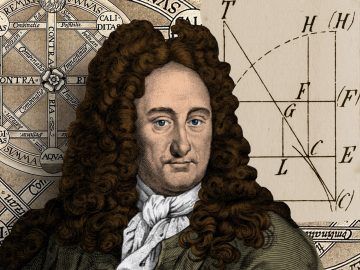Oscar Schwartz in IEEE Spectrum:
 In 1666, the German polymath Gottfried Wilhelm Leibniz published an enigmatic dissertation entitled On the Combinatorial Art. Only 20 years old but already an ambitious thinker, Leibniz outlined a theory for automating knowledge production via the rule-based combination of symbols.
In 1666, the German polymath Gottfried Wilhelm Leibniz published an enigmatic dissertation entitled On the Combinatorial Art. Only 20 years old but already an ambitious thinker, Leibniz outlined a theory for automating knowledge production via the rule-based combination of symbols.
Leibniz’s central argument was that all human thoughts, no matter how complex, are combinations of basic and fundamental concepts, in much the same way that sentences are combinations of words, and words combinations of letters. He believed that if he could find a way to symbolically represent these fundamental concepts and develop a method by which to combine them logically, then he would be able to generate new thoughts on demand.
The idea came to Leibniz through his study of Ramon Llull, a 13th century Majorcan mystic who devoted himself to devising a system of theological reasoning that would prove the “universal truth” of Christianity to non-believers.
More here.
